Wallpaper Application
There are several different types of wallpapers to choose from depending on what you feel comfortable installing.
Peel & Stick Wallpaper
Peel and stick wallpaper is a favorite of DIYers since it’s the easiest to install and the easiest to remove, making it great for renters in particular.
Just as the name would suggest, applying this kind of wallpaper is done simply by peeling away the paper backing and sticking it up onto the wall like a large sticker. It is also often repositionable so you don’t have to get it perfect the first time! Walls should be smooth without any loose paint, dirt, or soap residue.
It can be used in many other projects besides walls to add a decorative element, including kitchen cabinets, furniture, stair risers, drawer liners, and craft projects. Faux finishes like brick, stone, and tiles are popular patterns.
-
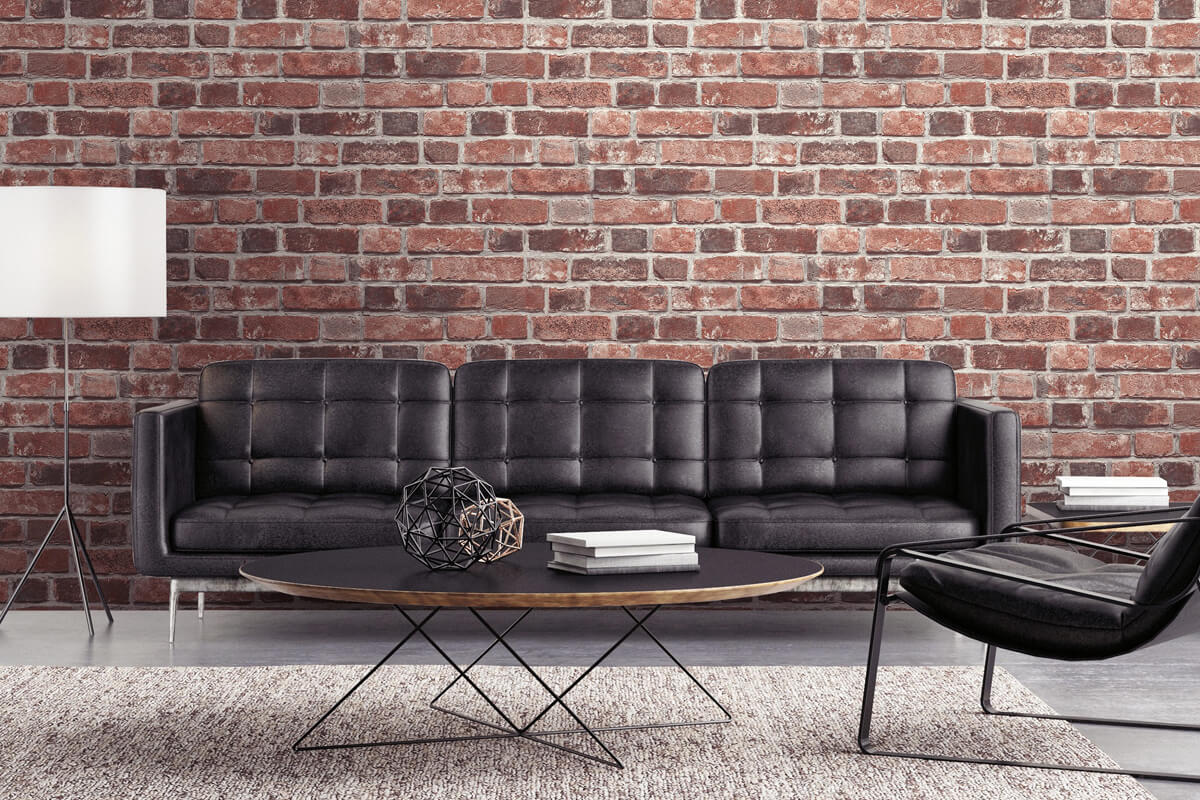 Brick Peel & Stick Wallpaper
Brick Peel & Stick Wallpaper
-
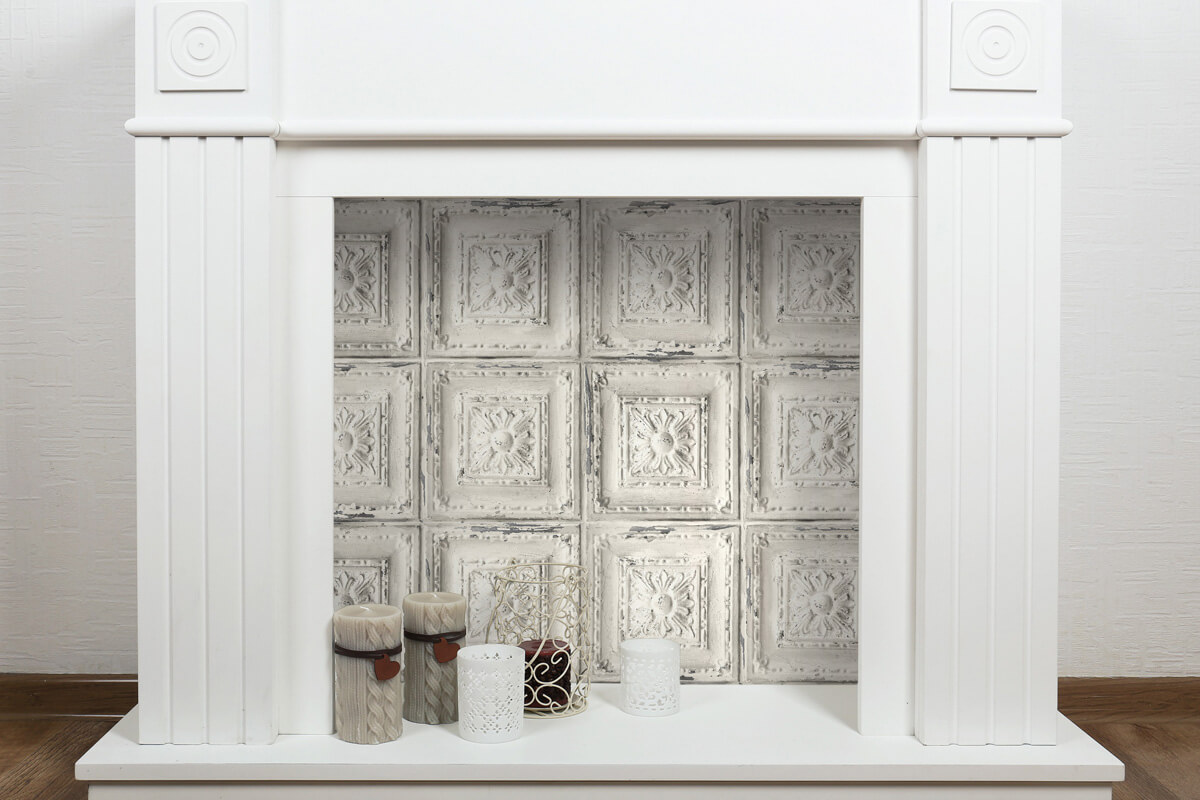 Decorative fireplace with peel & stick wallpaper
Decorative fireplace with peel & stick wallpaper
-
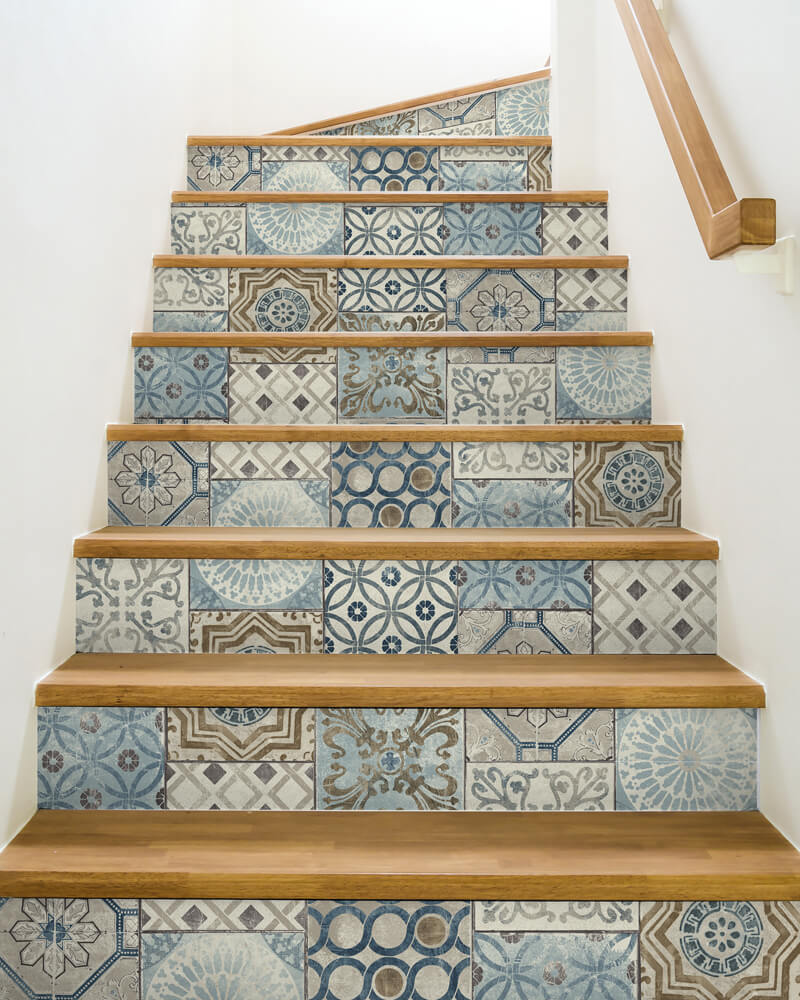 Staircase with peel & stick wallpaper
Staircase with peel & stick wallpaper
-
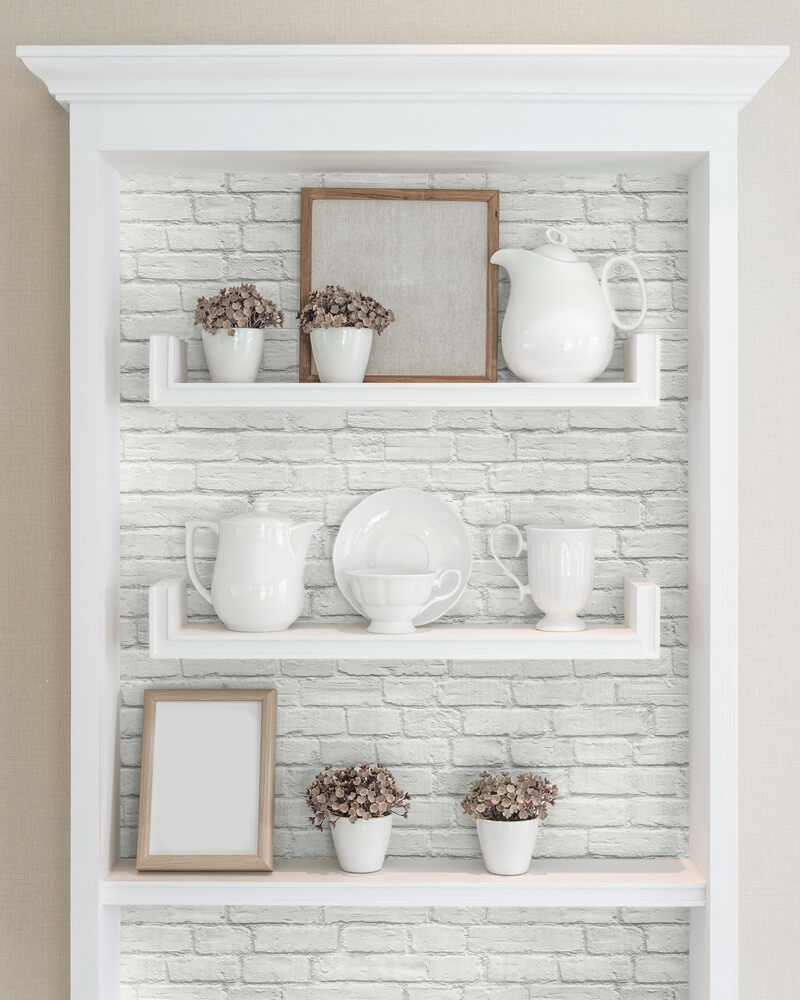 Shelves with peel & stick wallpaper
Shelves with peel & stick wallpaper
Prepasted Wallpaper
Prepasted wallpaper is a little closer to conventional wallpaper but is still slightly easier in terms of set up. Again, as the name suggests, prepasted wallpaper comes with the wallpaper paste already on the roll. All the installer has to do is coat the backing with a thin layer of water or briefly soak it in water to activate the paste and get it ready to be hung.
Unpasted Wallpaper
Then there is the traditional, time-honored, unpasted wallpaper. Installing this paper is not significantly harder than others, especially when using pre mixed wallpaper paste. It just adds an extra few steps to the process.
Paintable Wallpaper
Paintable wallpaper is the perfect fix for your space when you’re looking to add a little something extra. Each roll is printed on textured nonwoven paper with a specially formulated high-puff ink that absorbs pigment. Application for paintable wallpaper is the same as unpasted wallpaper and of course gives the option to paint to match your space or leave it white.
No matter your decision, professionals and novice DIYers alike are capable of using all types of wallpapers.
Wallpaper Removal
We all know someone who spent days tearing down some ugly wallpaper that had been on their walls since before the turn of the century.
But long gone are the days of laboring over the removal of wallpaper. It has come so far since then, through a variety of styles, application types, and removal methods.
Within each wallpaper type there are several different kinds of removal methods: peelable, wet removable, and strippable.
Peelable
Peelable wallpaper comes right off the wall without hassle. Most peel and stick papers are peelable and some can even be taken off the wall and put up somewhere else. This is called repositionable wallpaper. Peel and stick wallpaper doesn’t leave a sticky residue so clean up is easy.
Wet Removal
Then there is wet removable wallpaper. This type of removal takes the longest but is still years beyond the old, seemingly unremovable wallpaper. To remove this type of wallpaper, you are going to want to steam, use wallpaper stripper, or roll a mixture of water and fabric softener or vinegar onto the wall and let it soak into the paper so it comes off easily and will not damage the wall. Then, wet it again and peel it away from the wall with a putty knife. You may have to repeat this process twice, to get the paper and the backing.
Strippable
Strippable wallpaper is a combination of the two. It still needs to be wet before getting taken down, but the wallpaper and backing come off together, which will save you time.
Wallpaper Printing
Wallpaper is generally milled in one of three ways.
Rotary Screen
With rotary screen printing, the paper is sent through a series of machines that each print a different color to create a pattern or design. It is similar to screen printing and creates fine lines and detailed scenes.
Gravure
Gravure is very similar to rotary screen printing, except the machines that deposit the dye are chrome plated, allowing the machine to deposit dye and also texture at the same time.
Grasscloth
Some wallpaper is not printed but rather made with finely woven strands of natural fibers that have been mounted onto a wallpaper backing. This is often called grasscloth but can be made with other natural materials besides grass like sisal, rushcloth, jute, paper, cork, and mica. This type of wallpaper should only be used with a non-staining paste so that it will not be visible on the right side of the wall covering.

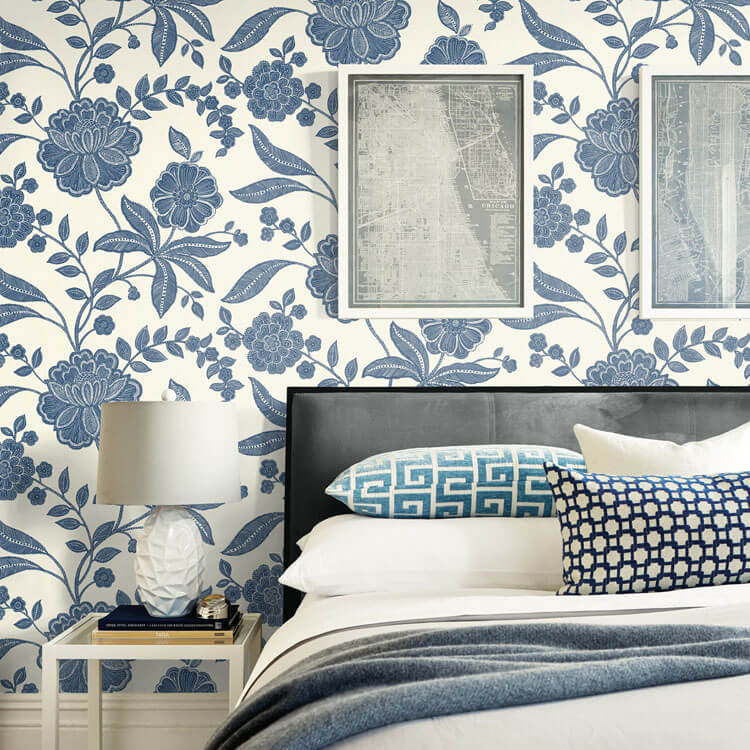
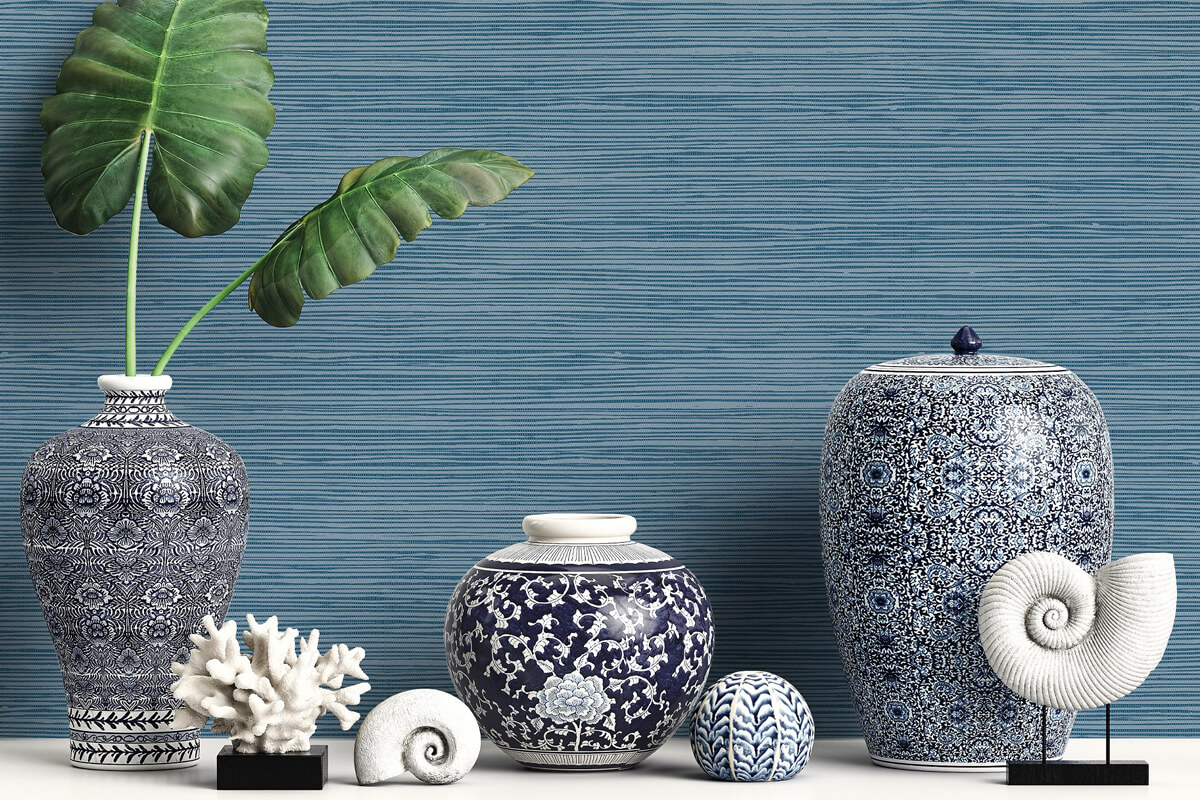
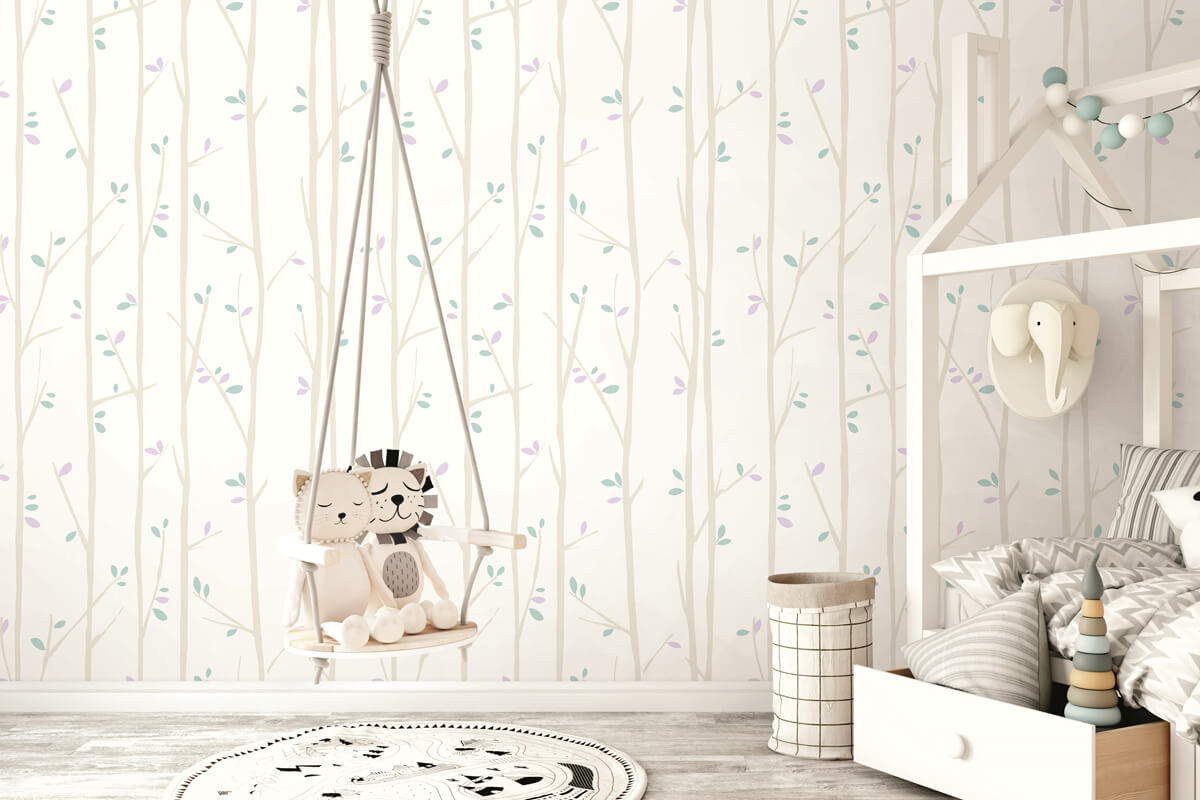
 Dandelion Fields White Paintable Wallpaper
Dandelion Fields White Paintable Wallpaper
 Limestone Brick White Paintable Wallpaper
Limestone Brick White Paintable Wallpaper
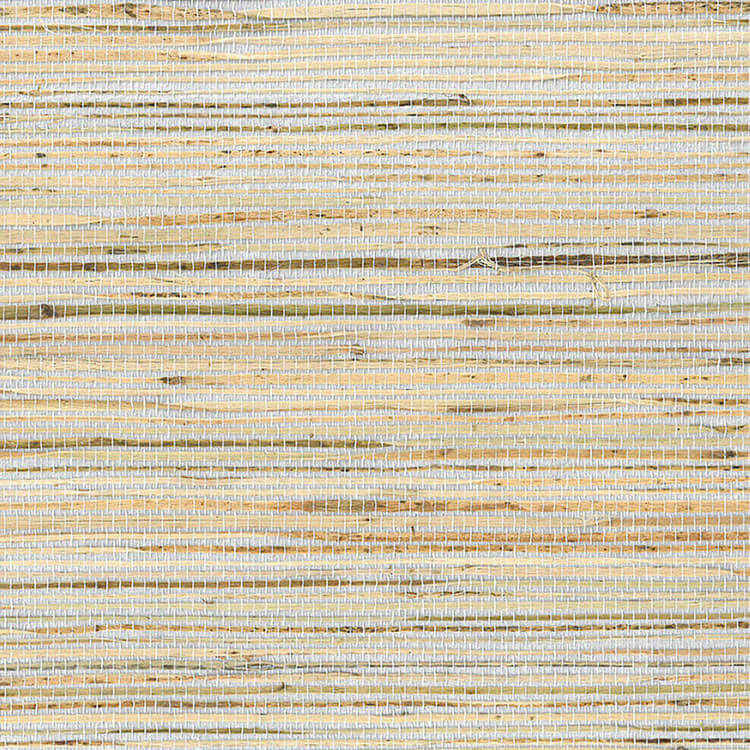 Jute wallpaper
Jute wallpaper
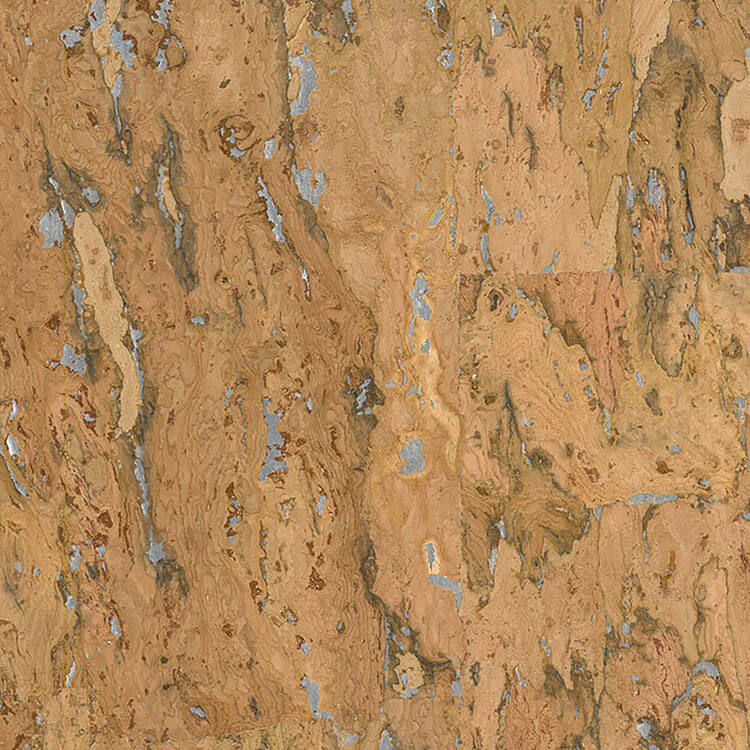 Cork wallpaper
Cork wallpaper